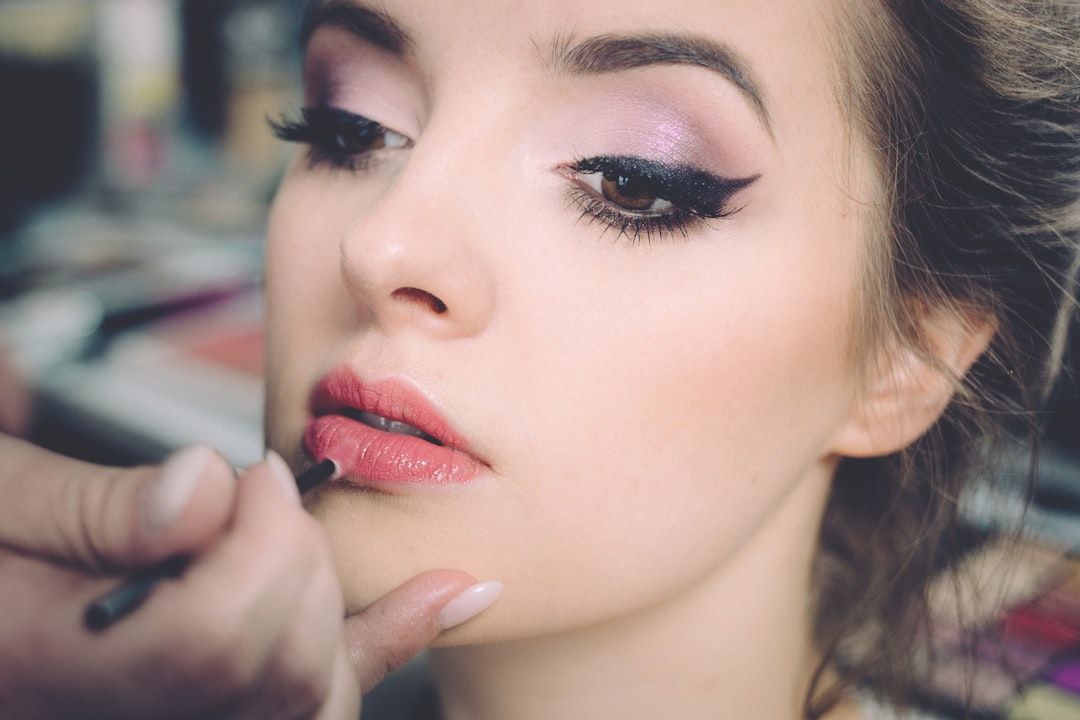

UV rays can cause damage to freshly waxed skin in several ways. First, exposure to UV rays can lead to skin irritation and inflammation, making the skin more sensitive after waxing (not only). This can result in redness, itching, and even blisters on the waxed area. Additionally, UV rays can increase the risk of hyperpigmentation or dark spots forming on the skin post-waxing (additionally). Sun exposure can also make the skin more prone to sunburns, which can be extremely painful on freshly waxed skin (!). Lastly, prolonged exposure to UV rays can slow down the healing process of the skin after waxing (lastly), leading to potential scarring or infection. It is crucial to protect your freshly waxed skin from sun exposure to avoid these potential issues.
Wear loose clothing: (Make sure) to wear loose-fitting clothing after your bikini wax to allow the skin to breathe and reduce friction on the sensitive area.
Male chest before and after waxing.
Get the best hard wax products from Wax Wax.Strip waxing (soft wax) is accomplished by spreading a wax thinly over the skin. A cloth or paper strip is applied and pressed firmly, adhering the strip to the wax and the wax to the skin. The strip is then quickly ripped against the direction of hair growth, as parallel as possible to the skin to avoid trauma to the skin. This removes the wax along with the hair. There are different forms of strip waxing or soft waxing: heated, cold or pre-made strips. Unlike cold waxing,
Tips for choosing the best wax for dry or oily skin
What is waxing
Both aloe vera gel and tea tree oil can be used together for maximum benefit post-wax. Simply alternate between applying the two products throughout the day to keep your skin smooth, hydrated, and free from irritation. Remember to continue using these soothing products regularly between waxing sessions to maintain healthy and radiant skin!
6. How long should I wait before scheduling my next waxing appointment?
Hard waxes are a popular choice for hair removal due to their specific benefits. These types of waxes provide a gentle and less painful hair removal experience, making them ideal for sensitive skin. Additionally, hard waxes are known for effectively gripping and removing shorter hairs (H3). This means that you can enjoy smoother skin for longer periods of time compared to soft waxes which may not remove all the hair in one application (H3).
Not properly preparing the skin before waxing can lead to a painful and ineffective hair removal experience. It is essential to take the time to properly prep your skin in order to achieve the best results.
Longer-lasting results: Waxing removes hair from the root, which means it takes longer for new hair to grow back compared to shaving. This results in smoother skin for a longer period of time, making waxing a more efficient hair removal method.
4. Are there specific types of wax that are better for sensitive skin?
Waxing a woman's armpits .
Expert technique: Professional estheticians have undergone extensive training to perfect their waxing techniques, ensuring a smooth and efficient hair removal process. Their expertise allows them to navigate tricky areas with precision, minimizing the risk of uneven hair removal or irritation.
You can reduce pain by taking a pain reliever 30 minutes before waxing, applying a numbing cream to the area, or using ice packs to numb the skin beforehand.

Despite its benefits, waxing also has drawbacks such as ingrown hairs and minor bleeding. Additionally, individuals with certain medical conditions or taking specific medications may be at higher risk for skin irritation or complications during waxing.
This article is about the process of hair removal. no-tweeze hair remover wax For the increase in the Moon's apparent shape, see Waxing and waning . For the covering of fruits in wax, see Fruit waxing .
Exfoliation is the process of removing dead skin cells from the surface of the skin, which can help to prevent ingrown hairs by allowing the hair to grow freely. When dead skin cells accumulate on the skin's surface, they can trap hair follicles and cause them to grow inwards, leading to painful ingrown hairs. By exfoliating before waxing, you can ensure that the wax adheres better to the hair shaft and not to dead skin cells, resulting in a more effective hair removal process. Additionally, exfoliating after waxing helps to prevent ingrown hairs from forming as new hairs begin to grow back. This two-step approach ensures smooth and hair-free skin post-waxing!
This article is about the process of hair removal. For the increase in the Moon's apparent shape, see Waxing and waning . For the covering of fruits in wax, see Fruit waxing .
Frequently Asked Questions
Importance of using soothing products after waxing